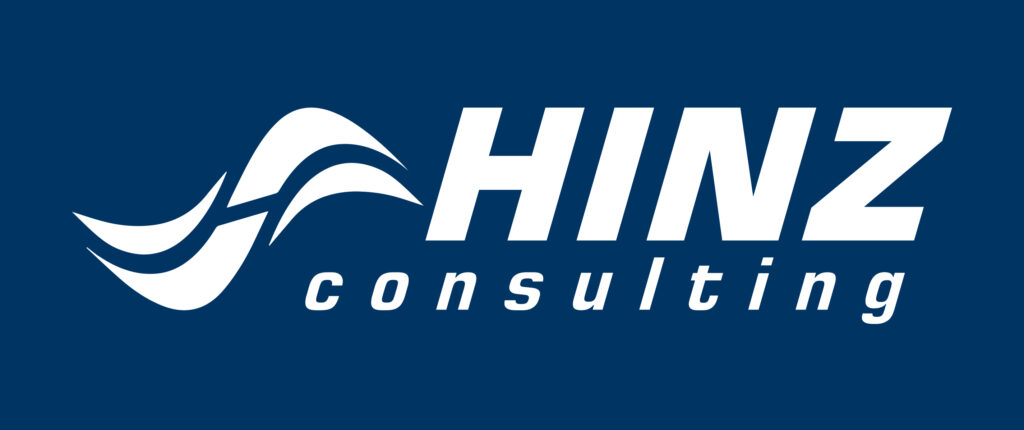Creating a proposal outline is an essential step in developing a winning proposal. Whether you are responding to a Request for Proposal (RFP) or proactively pitching a project, a well-structured outline helps ensure your proposal is clear, concise, and persuasive. This guide will walk you through the key components of a proposal outline and provide tips for crafting an effective and compelling document.
What is a Proposal Outline?
A proposal outline is a structured framework that organizes the main sections and key points of your proposal. It serves as a roadmap, guiding the development of your proposal and ensuring that all necessary information is included and logically presented.
Importance of a Proposal Outline

- Organization: Helps in organizing your thoughts and ideas systematically.
- Clarity: Ensures your proposal is clear and easy to follow.
- Consistency: Maintains consistency in formatting and content.
- Efficiency: Saves time by providing a clear structure to follow during the writing process.
- Completeness: Ensures all critical elements are included and nothing important is overlooked.
Key Components of a Proposal Outline
- Title Page
- Project Title: Clearly state the title of the project.
- Client Information: Include the name and contact details of the client.
- Your Information: Provide your company’s name, logo, and contact information.
- Date: Indicate the date of submission.
- Table of Contents
- Sections and Subsections: List all major sections and subsections with corresponding page numbers for easy navigation.
- Executive Summary
- Overview: Provide a brief overview of the proposal.
- Objectives: Summarize the project goals and objectives.
- Solution: Highlight the proposed solution and its benefits.
- Value Proposition: Explain why your company is the best choice for this project.
- Introduction
- Background: Give background information about the client and the context of the project.
- Problem Statement: Clearly define the problem or need that the proposal addresses.
- Purpose: State the purpose of the proposal and its significance.
- Project Description
- Scope of Work: Detail the tasks and activities to be performed.
- Deliverables: List the specific deliverables that will be provided to the client.
- Methodology: Describe the approach and methods you will use to complete the project.
- Timeline: Provide a project schedule with key milestones and deadlines.
- Qualifications
- Company Overview: Introduce your company and its mission.
- Team Members: Highlight the qualifications and experience of key team members.
- Past Experience: Provide examples of similar projects completed successfully.
- Budget and Cost Breakdown
- Cost Summary: Present a summary of the total project cost.
- Detailed Breakdown: Offer a detailed breakdown of costs by category (e.g., labor, materials, travel).
- Payment Schedule: Outline the proposed payment terms and schedule.
- Risk Management
- Risk Identification: Identify potential risks and challenges associated with the project.
- Mitigation Strategies: Describe strategies for mitigating identified risks.
- Conclusion
- Summary: Recap the key points of the proposal.
- Call to Action: Encourage the client to take the next steps (e.g., schedule a meeting, sign a contract).
- Appendices
- Supporting Documents: Include any additional information or documents that support the proposal (e.g., resumes, case studies, references).
Tips for Crafting an Effective Proposal Outline
- Understand the Client’s Requirements
- Thoroughly review the RFP or project brief to understand the client’s needs and requirements. Tailor your outline to address these specific needs.
- Be Clear and Concise
- Use clear and concise language throughout your proposal. Avoid jargon and overly complex sentences that might confuse the reader.
- Use Visuals
- Incorporate charts, graphs, and images to illustrate key points and make your proposal more engaging.
- Highlight Your Strengths
- Emphasize your company’s unique strengths and qualifications. Clearly articulate what sets you apart from competitors.
- Proofread and Edit
- Carefully proofread your proposal to eliminate errors and ensure clarity. Consider having a colleague review the document for additional feedback.
Conclusion
A well-crafted proposal outline is the foundation of a successful proposal. By following the structured approach outlined in this guide, you can ensure that your proposal is organized, comprehensive, and persuasive. Remember to tailor your outline to the specific needs of the client, and focus on presenting your solution clearly and compellingly. With careful planning and attention to detail, your proposal will stand out and increase your chances of winning the project. Contact us to learn more!


